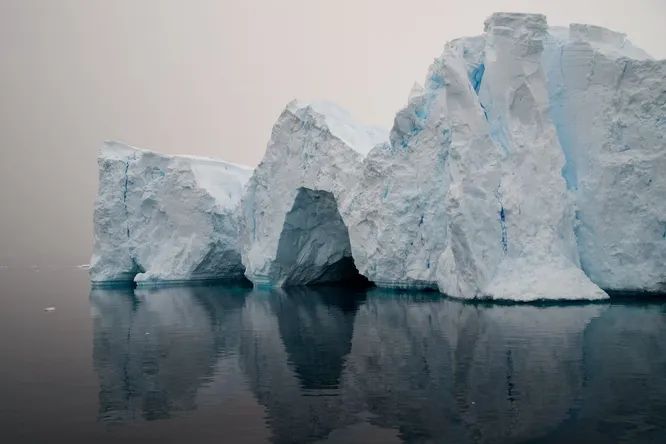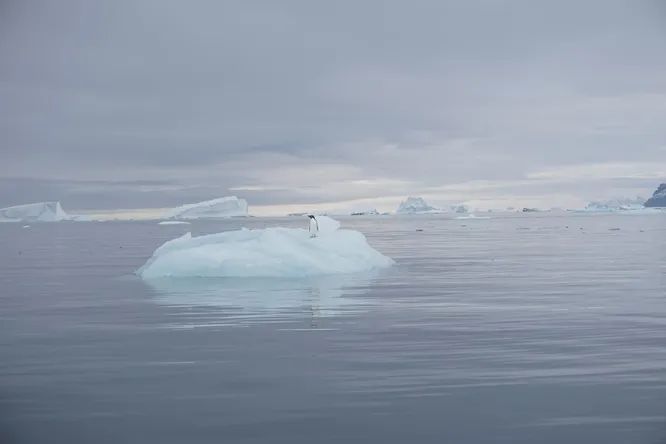
Scientists have plotted the change in temperature in Antarctica over 45 million years
(ORDO NEWS) — A team led by scientists from the Victoria University of Wellington (New Zealand) and Birmingham (UK) has plotted temperature changes in Antarctica over 45 million years.
Research results indicate that the Earth is approaching a “tipping point” when ocean warming caused by atmospheric CO2 will cause catastrophic sea level rise due to melting ice sheets.
The Earth is approaching the melting of the Antarctic Ice Sheet. Few will seem to anyone
Fossils and machine learning have enabled scientists to build the first maps of Antarctic ocean temperatures over the past 45 million years, providing important information about future sea level changes.
The team, led by scientists from the Victoria University of Wellington, New Zealand and Birmingham, UK, says the study results show we are approaching a “tipping point” where ocean warming caused by atmospheric CO2 will cause catastrophic sea level rise due to for melting ice sheets.
How was it measured
During the study, the team studied molecular fossils from core samples taken during ocean drilling projects. Fossils are actually single lipid (water-insoluble) molecules produced by archaea, single-celled organisms similar to bacteria.
Archaea regulate the composition of lipids in their outer membrane in response to changes in sea temperature. By studying these changes, scientists can draw conclusions about the temperature of the ancient sea that surrounded a particular sample at the time of its death.
Methods for studying molecular fossils are widely used by paleoclimatologists. But the team from Wellington (New Zealand) and Birmingham (UK) went further. They used machine learning to plot the entire Antarctic sea temperature change over much of the Cenozoic period spanning the last 45 million years.
Scientists can now more accurately determine the historical temperatures that caused the ice sheets to rise and fall over this period. The future loss of ice sheets and glacier retreat in Antarctica is critical, as melting ice in the region could raise sea levels by 50m.
CO2 and amount of ice

The link between CO2, sea surface temperature and the amount of ice in Antarctica has been evident for the past 45 million years. But the surprising discovery was that the cooling of the ocean did not always lead to an increase in the area of Antarctic ice.
In particular, this happened during the period of cooling of the ocean lasting 1 million years from 25 to 24 million years ago. “We show that this is likely due to tectonic subsidence and inflow of relatively warm ocean water in the Ross Sea region,” said study lead author James Bendle.
“We see that the ice in Antarctica is currently changing, not least due to the loss of some ice shelves and cracks that have recently appeared in the Thwaites Glacier, one of the largest glaciers in the region. Our exploration of the Earth’s past shows the clearest signs that
—
Online:
Contact us: [email protected]
Our Standards, Terms of Use: Standard Terms And Conditions.









